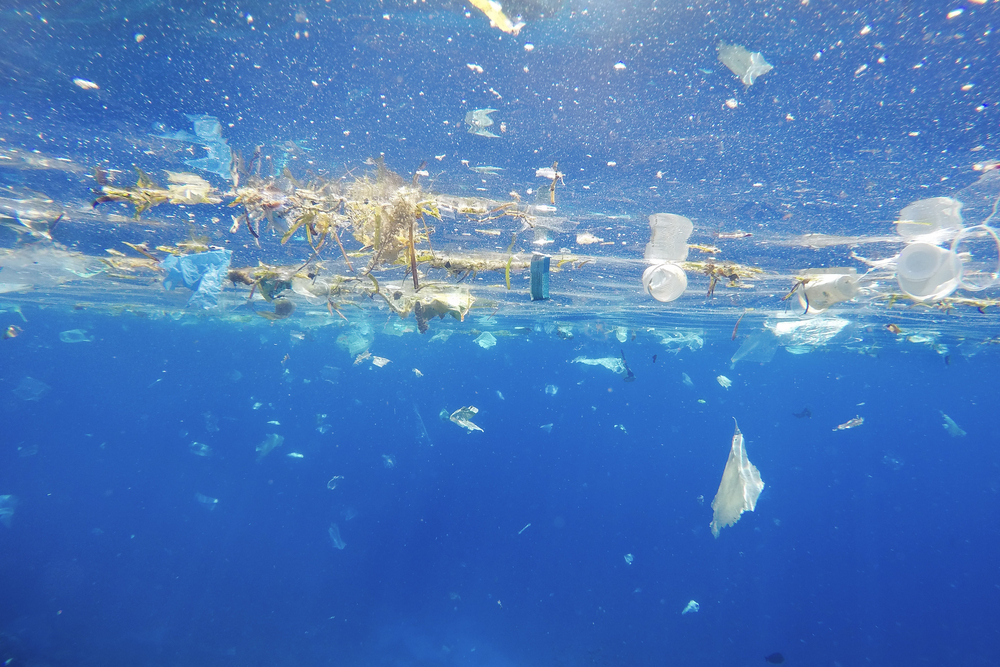Experts chart the way plastic waste has conquered the seas
Plastic waste is becoming a pressing problem around the planet. Pieces of plastic large and small have contaminated practically every nook and cranny of Earth from the highest mountaintops to the lowest ocean depths. What with the daily news coverage of the scourge of plastic on the environment it might seem that plastic pollution is a relatively recent development. It isn’t.
Already in the 1950s, when plastic production kicked into high gear, waste started showing up in the oceans with the first records of discarded plastic fishing twine. A few years later came the first documented instance of a plastic shopping bag recovered from the sea.
A few years after that plastic waste became an increasingly visible problem, which would continue to worsen over the coming years and decades to the point where soon there might be more plastic trash than fish in the world’s oceans. No marine creature, regardless of its size, is immune from the environmental depredations brought on by plastic trash.
In a new study, published in the journal Nature Communications, a team of researchers traces the first recorded emergence of plastic waste in 1957 to the planet-wide crisis today. They began by trawling through records of cases when plastics became entangled on torpedo-shaped devices that, as part of a decades-long survey in the United Kingdom, have been gathering planktons far and wide for samples.
In the process the researchers could inspect an area stretching over more than 6.5 million nautical miles on a timescale of 60 years from the 1950s onwards. “This consistent time series provides some of the earliest records of plastic entanglement, and is the first to confirm a significant increase in open ocean plastics in recent decades,” the scientists explain.
The first mention in the logs of surveyors pertaining to plastic waste records strands of fishing twine off the east coast of Iceland in 1957. Next up a carrier bag was recorded floating in waters to near Ireland in 1965. The sporadic mentions of plastic waste in this period indicates that it was not yet a particularly visible problem.
Until the 1970s less than 1% of tows during sampling encountered problems with synthetic materials that got entangled with the device. Yet by the 1990s the recorded instances doubled to 2% and then doubled again to 4% today. Plastic waste has also spread to a much larger area over time.
“The message is that marine plastic has increased significantly and we are seeing it all over the world, even in places where you would not want to, like the Northwest Passage and other parts of the Arctic,” observes Clare Ostle, a marine biologist who was the lead author of the study.

